Danish Smart Grid Technology could help India Accelerate its Climate Neutrality target: ICDK Report
India is
one of the most vulnerable countries to heat. This year, India witnessed its
hottest February in 122 years, according to the Indian Meteorological
Department (IMD). Every year, hundreds die as heatwaves inevitably ravage parts
of north India. Between life and death lies another worry: prolonged power cuts.
The hellish
temperatures have put immense pressure on the country’s energy infrastructure,
as high demands for cooling result in frequent and hours-long power cuts in
both urban and rural areas.
India’s Renewable Energy Ambitions
India is
the world's third-largest producer and consumer of electricity, according to a
2021 International Energy Agency (IEA) report. And while there has been a rapid
addition of solar farms that avert supply glitches during the day, a shortage
of hydropower and coal-fired capacity has risked millions to night-time power
cuts.
In 2022,
India faced its worst power shortage in six years and delays in addressing
supply gaps could spell further disaster for the country already reeling with
heat. To meet this high electricity demand, India will need up to 28 GW of new
coal-fired power plants by 2032 as per Indian government estimates.
But there is hope yet. In its bid to reach
climate neutrality by 2070, India is pushing forward its renewable energy
agenda with more power than ever.
The South Asian giant is expected to add more
than 350 GW of renewable power capacity in the current decade. This is over
four times the renewable power capacity added during 2010-2020. Of this
capacity expansion, 75% is expected to come from variable solar and wind power,
according to the new ICDK Bangalore report Smart
Grid and Energy Storage in India. This makes it necessary to add balancing
sources like energy storage systems (ESS) to maintain grid stability.
A Post-Lithium Era for India?
The latest ICDK report made in collaboration
with Danish Center for Energy Storage (DaCES), finds that one of India’s
biggest techno-economic challenges in the transition toward a sustainable
energy sector is to ensure an optimal balance between the volatile power
generation from renewable energies and the dynamics of energy utilization on
the demand side.
Smart grids and energy storage are two prime technologies
for adding the required flexibility to our future energy system. For Denmark,
which rolled out smart-meters successfully in 2013, this provides an
opportunity for constructive collaboration on smart grids and energy storage
for Indian and Danish stakeholders.
The ICDK report also shows that India’s smart
grid ambitions can establish the perfect conditions for Danish solutions to be
scaled up to a competitive global level. India provides an open market for
Danish companies looking to invest in projected stationary battery and Energy
Storage Systems (ESS). Danish R&D in novel battery materials also has the
ability to elevate India to a post-lithium era.
Innovation in the energy sector has also been on
top of the list of priorities of India and Denmark’s bilateral Green Strategic
Partnership (GSP), as was evidenced by the visit of Their Royal Highnesses
Crown Prince Frederik and Crown Princess Mary to India in February this year.
The royals led a delegation of 25 Danish energy companies and participated in
several high level discussions and site visits, chiefly surrounding the renewable
energy and water sectors.
If you would like to know
more about ICDK Bangalore’s work or cooperation opportunities, you can contact Innovation
Attaché, Søren Tranberg Hansen: [email protected]
Read more about
Innovation Center Denmark Bangalore's activities on ICDK's website and Danish Center for Energy Storage (DaCES) on their website.
Follow ICDK Bangalore
on LinkedIn
Follow Innovation
Center Denmark on LinkedIn
